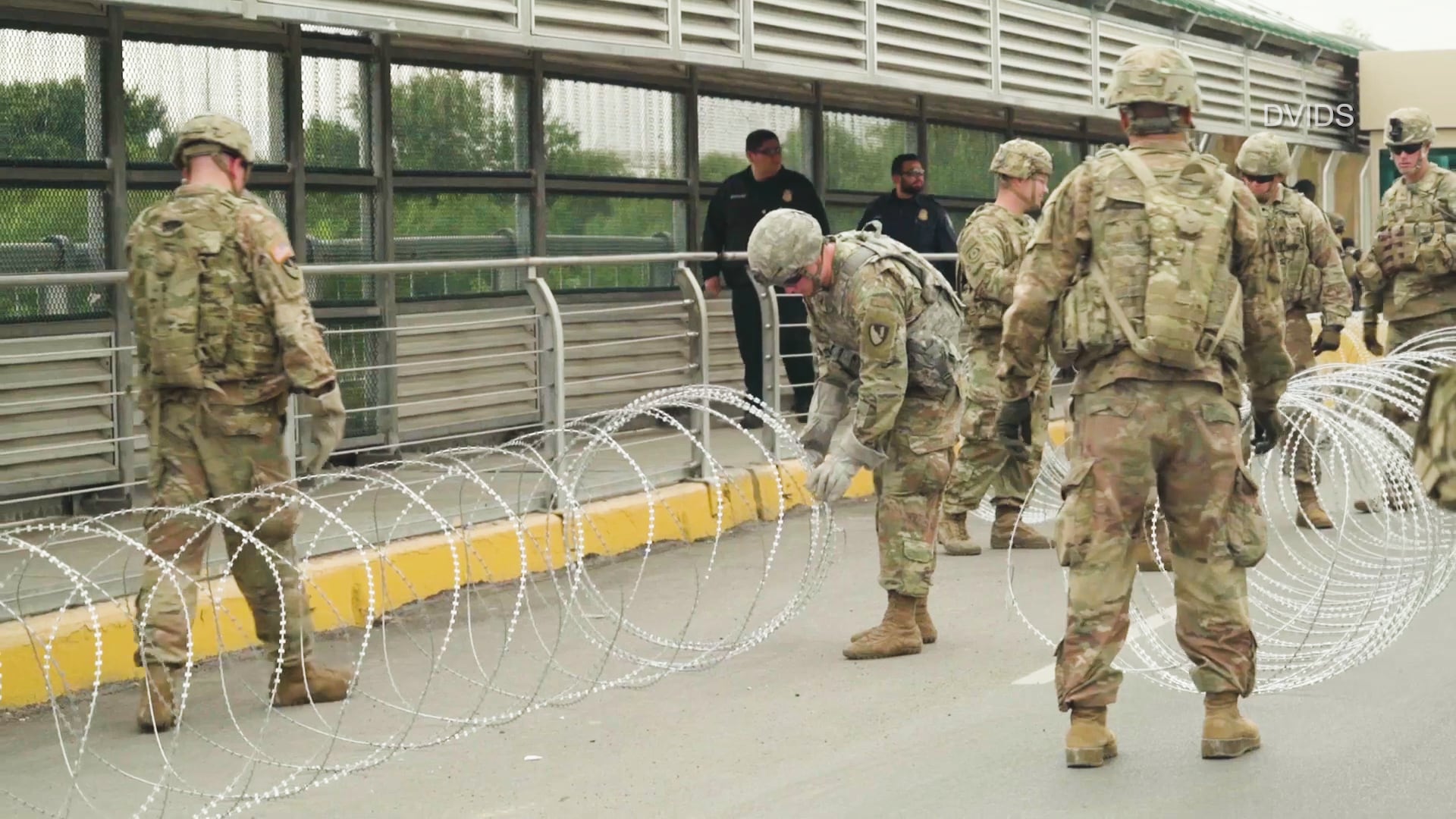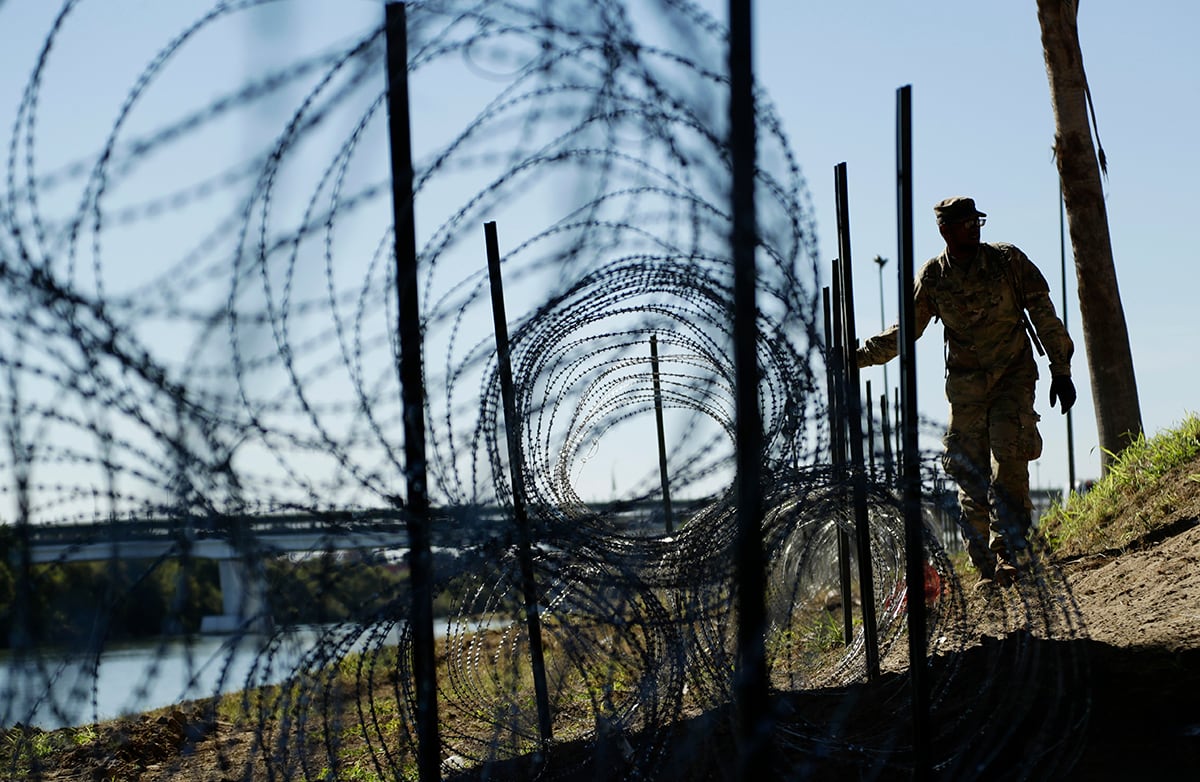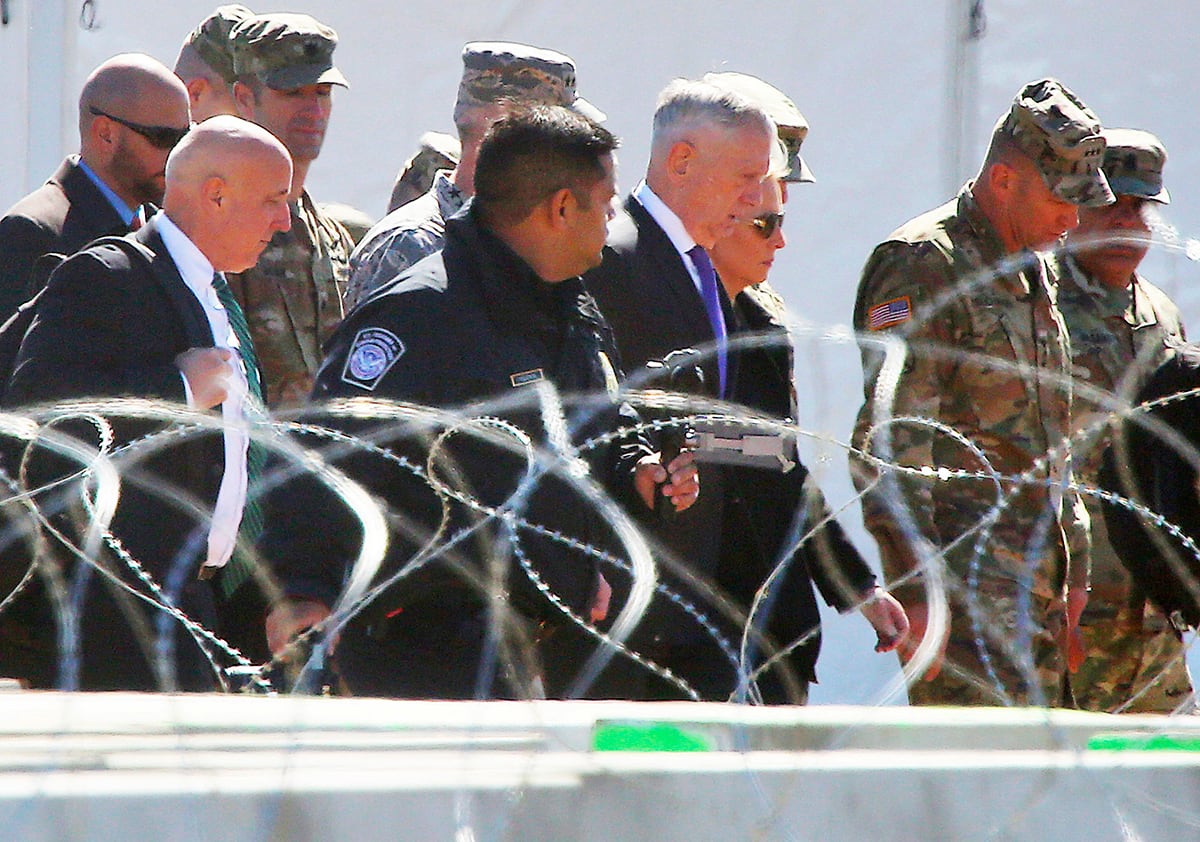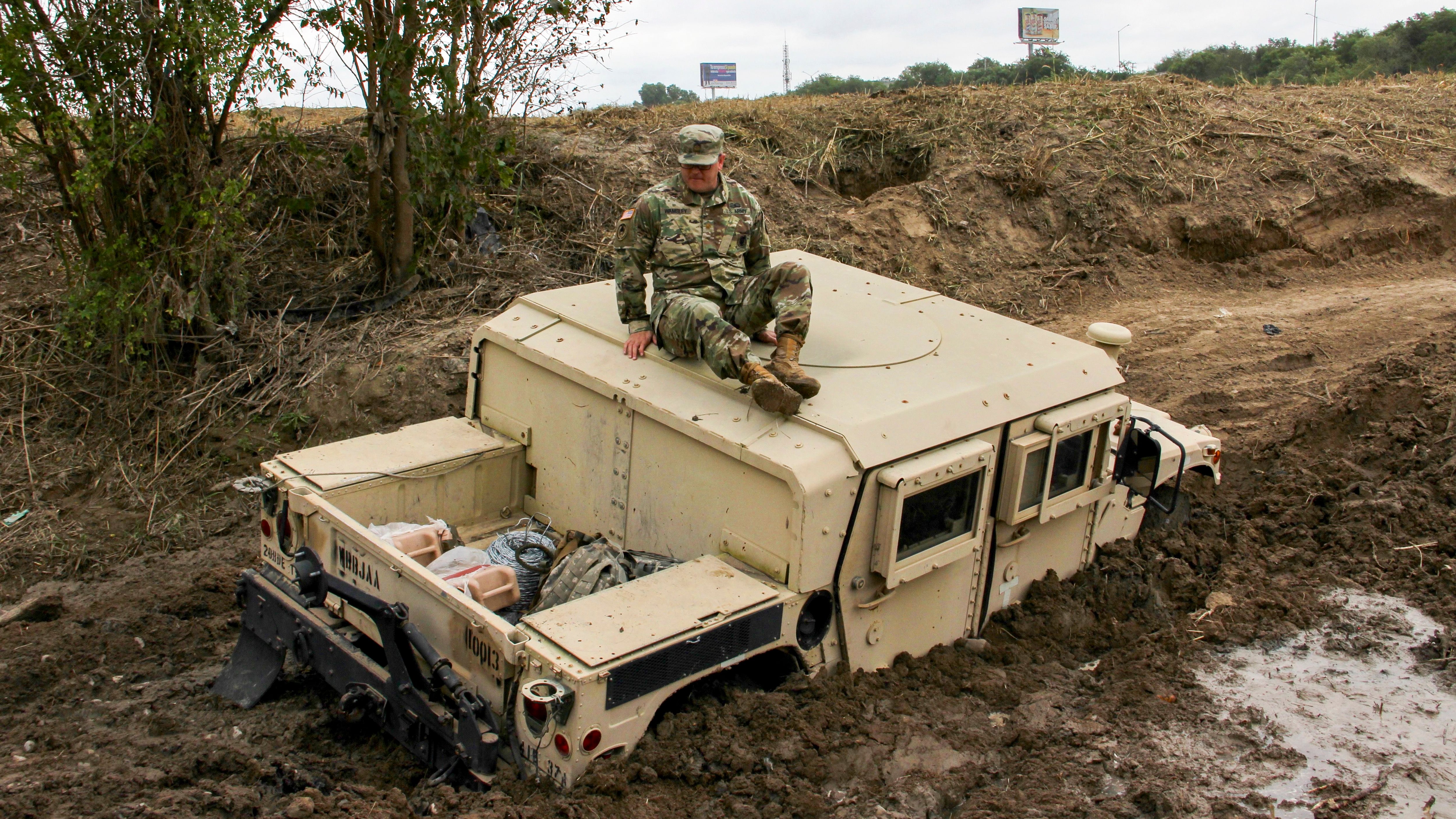As news emerged that the Pentagon may bring some forces home just weeks after they were dispatched to the border, the incoming chairman of the House Armed Services Committee said the operation was racially motivated, had politicized the military, and called for the troops to be pulled back home.
“The reports that President Trump is planning to withdraw some of the troops he sent to the border two weeks ago indicate just how empty, demagogic and racially motivated this political stunt was,” said Rep. Adam Smith, D-Wash. “It appears to be an admission that there was no justification for the mission in the first place. It was not a respectful use of our military to take service members away from their duties and send them to the border as politicized props, and President Trump should not have done it.”
RELATED

Mattis has repeatedly defended the deployment, which launched just a week before the U.S. midterm elections.
"We don’t do stunts in this department, thank you,” Mattis told reporters earlier this month after he was questioned about the timing.
Mattis visited the border briefly last week and used the opportunity to stress that he considered the deployment as a training opportunity, that the forces would not be in a law enforcement role, and that they would modify how they communicated the mission since they were still on U.S. soil.

Smith’s calls to send troops home occurred after Politico reported that Army Lt. Gen. Jeffrey Buchanan, the commander of the border deployment, was set to begin sending some forces home in the next few days.
After letting the story sit without comment overnight, U.S. Army North issued what one DoD official called a “clarifying statement” — that the troops may be reallocated, and perhaps not headed home.
“We are continually assessing our resources and refining requirements in close coordination with [the Department of Homeland Security]" U.S. Army North said in a statement. "We may shift some forces to other areas of the border to engineering support missions in California and other areas. No specific timeline for redeployment has been determined. We will provide more details as they become available.”
RELATED

Initial orders for the deployment had troops coming home by Dec. 15, and Pentagon spokesman Army Col. Rob Manning on Monday told reporters that the work of securing the major border crossings in Texas was complete.
Unless they were directed otherwise, those troops would depart Dec. 15.
“At some point in time, when the work is done, we’ll start downsizing some capability or shift capability elsewhere,” Manning said Monday.
Smith’s call to send troops home was joined by Sens. Brian Schatz, D-Hawaii, and Sen. Patty Murray, D-Wash., who sent a letter to Defense Secretary Jim Mattis on Monday to get the troops home in time for Thanksgiving — after the Pentagon also revealed it was shipping turkeys to the border to serve to forces who would not be allowed to go home.
“From its commencement, this operation has elicited rightful concern over the use of active-duty personnel for the purpose and support of domestic law enforcement," the senators wrote. "We believe you understand our concerns and take these issues seriously. Therefore, we urge you to allow these service members to return to their homes in time to spend Thanksgiving with their families.”
The initial caravan of migrants has arrived at the U.S. border, but the group selected California instead of Texas as a point of entry. Approximately 4,000 migrants from the first caravan have made their way to the San Ysidrio port of entry between Tijuana, Mexico, and San Diego, California. The migrants are now stuck at the border, waiting to be processed.
San Ysidrio is one of a few places where the migrants can seek asylum, although U.S. immigration officials can only process about 100 a day.
Customs and Border Protection said on Monday it received reports early Monday that the migrants who have reached that San Ysidrio border checkpoint were intending to approach and overcome it en masse, so the checkpoint was temporarily closed.
Tara Copp is a Pentagon correspondent for the Associated Press. She was previously Pentagon bureau chief for Sightline Media Group.




